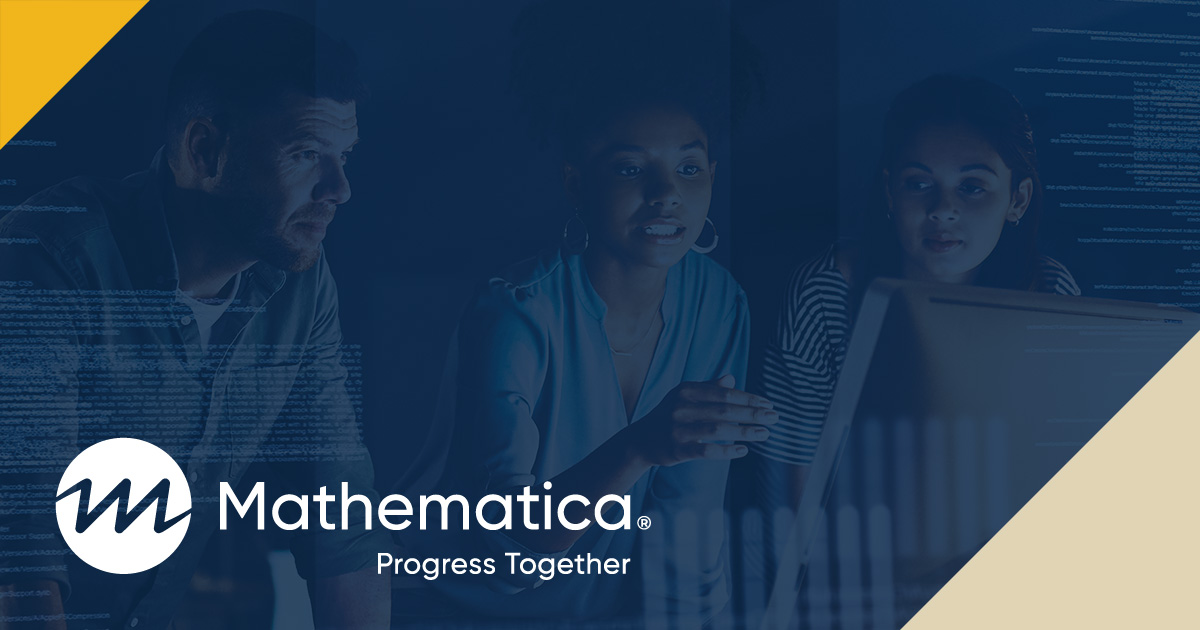The Impact of Benefits Counseling and Vocational Rehabilitation on Employment and Earnings
- Compared to individuals who received BC or VR alone, a higher proportion of individuals who received BC and VR in combination went from having no earnings prior to services to employment after service receipt.
- The earnings trajectory of individuals who received both BC and VR increased after service receipt and remained high, compared to earnings trajectories among the BC- and VR-only groups, which were highest in the quarter of service receipt and then steadily declined during the remaining seven quarters.
This study used data from Connecticut to assess whether benefits counseling (BC), vocational rehabilitation (VR), or a combination had the most positive effect on employment. Using linked state data including unemployment insurance wage records, employment and earnings outcomes after receipt of service were compared based on whether individuals received BC only (21%), VR only (58%), or both (21%). Using quarterly wage data from two quarters before to eight quarters after the start of service receipt, we were able to trace the trajectory of employment and earnings. This study shows that individuals who received both BC and VR experienced the most positive outcomes; compared to those who received BC or VR alone, a higher proportion of the combination group went from no employment to employment after receiving services. In addition, the trajectory of earnings among those who received BC and VR in combination remained higher after service receipt than those who received BC or VR alone.
How do you apply evidence?
Take our quick four-question survey to help us curate evidence and insights that serve you.
Take our survey
